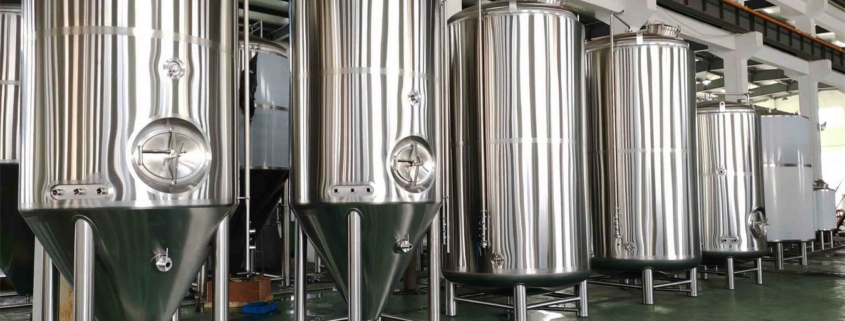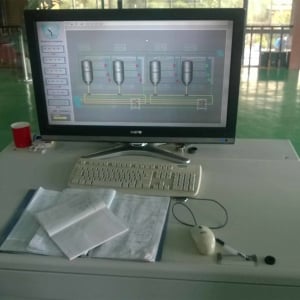40bbl Brewing System: Everything You Need to Know
Are you a craft beer lover or an aspiring brewer looking to scale up your production? If so, a 40bbl brewing system might be just what you need. In this article, we’ll cover everything you need to know about this type of brewing system, including its features, benefits, and considerations.
What is a 40bbl Brewing System?
A 40bbl brewing system is a large-scale brewing system used by commercial breweries to produce large quantities of beer. It typically consists of a brewhouse, fermentation tanks, a chiller, and a boiler, among other components. The term “bbl” stands for barrel, with one barrel equaling 31 gallons or 117.3 liters. Thus, a 40bbl brewing system can produce up to 1,240 gallons or 4,681 liters of beer per batch.
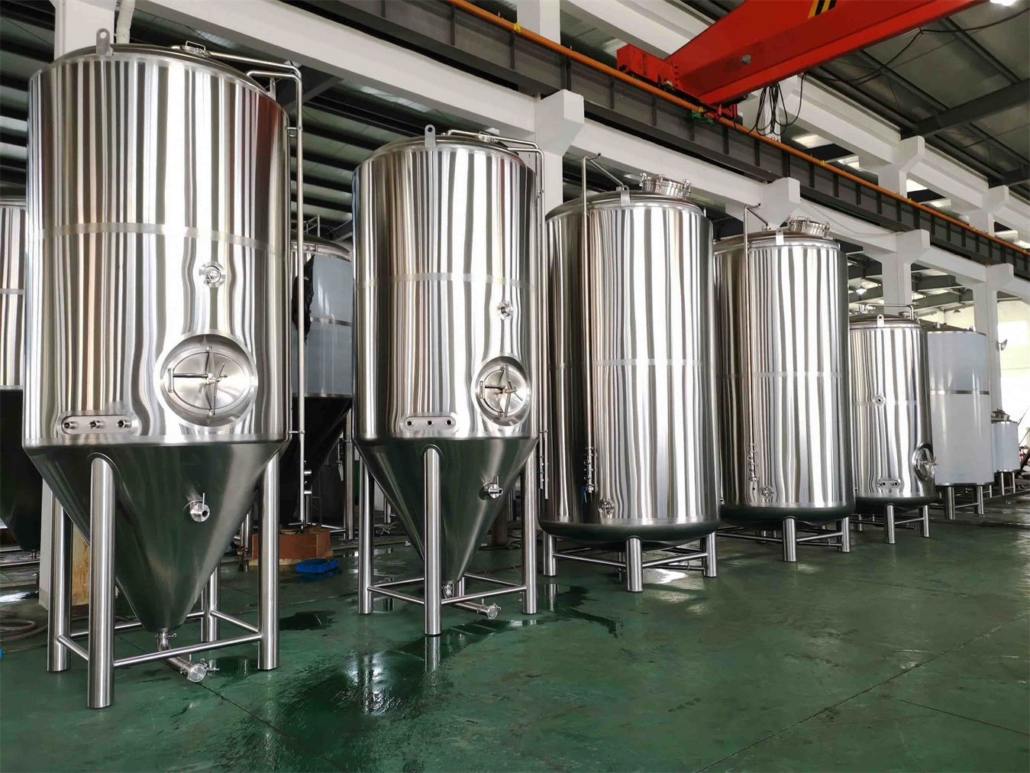
How Does a 40bbl Brewing System Work?
The brewing process using a 40bbl brewing system involves several stages, including mashing, lautering, boiling, whirlpooling, cooling, and fermentation. The process starts with mashing, where the grains are mixed with hot water to extract their sugars. The resulting liquid, called wort, is then separated from the spent grains through lautering. The wort is then boiled with hops to impart bitterness, flavor, and aroma to the beer. After boiling, the wort is whirlpooled to remove any solids, then cooled and transferred to fermentation tanks. Yeast is added to the wort in the fermentation tanks, where it converts the sugars into alcohol and carbon dioxide over a period of several days to weeks.
Key Components of a 40bbl Brewing System
A 40bbl brewing system typically consists of the following key components:
- Brewhouse: The brewhouse is where the mashing, lautering, boiling, and whirlpooling processes take place. It includes a mash tun, lauter tun, brew kettle, and whirlpool vessel, among other equipment.
- Fermentation Tanks: The fermentation tanks are where the wort is transferred after boiling and cooled. Yeast is added to the wort in the fermentation tanks, where it converts the sugars into alcohol and carbon dioxide over a period of several days to weeks.
- Chiller: The chiller is used to cool the wort after boiling, making it suitable for fermentation.
- Boiler: The boiler is used to heat the water for mashing, sparging, and boiling processes.
- Grain Mill: The grain mill is used to crush the grains before mashing.
- Pumps: Pumps are used to transfer the wort and other liquids from one vessel to another.
- Controls: Controls are used to regulate the temperature, pressure, and other parameters of the brewing process.
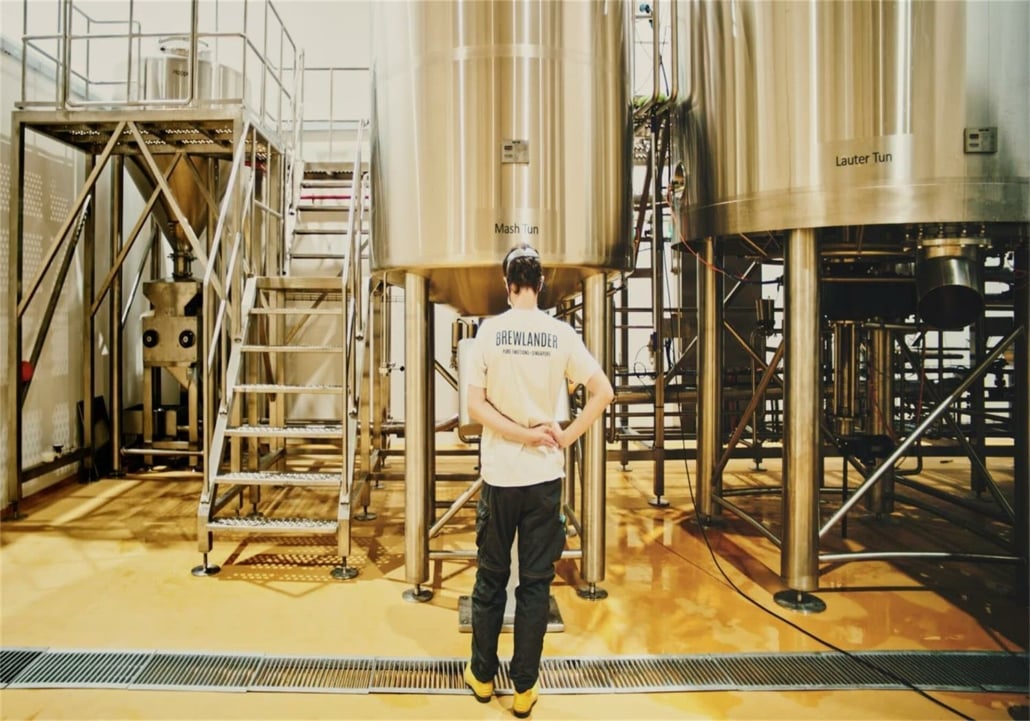
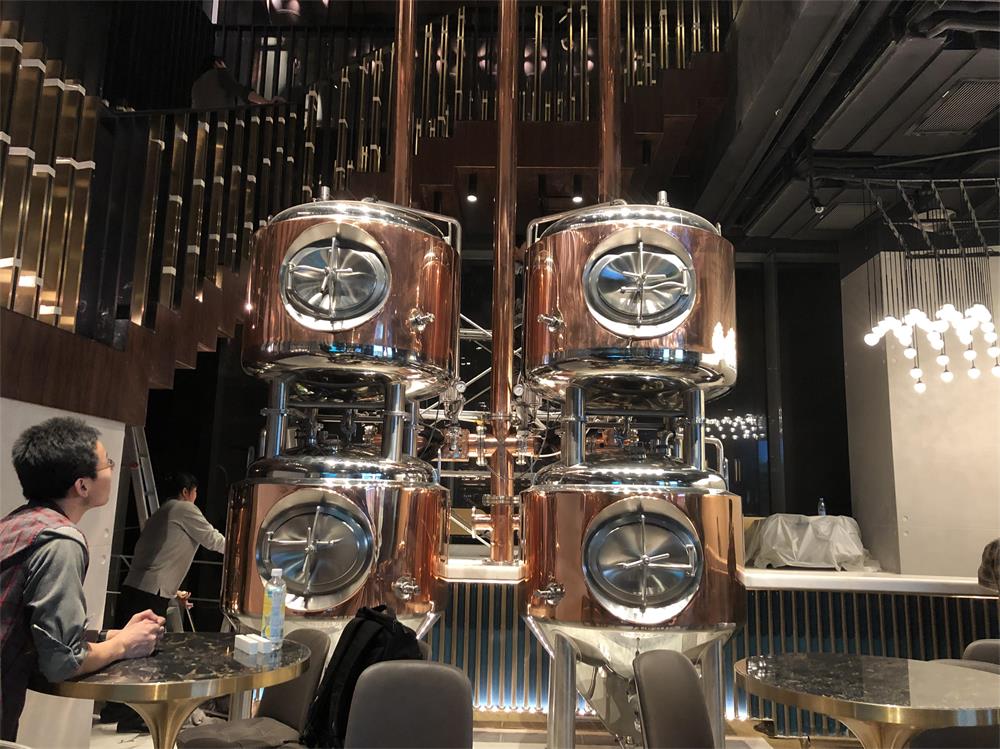
Benefits of a 40bbl Brewing System
Investing in a 40bbl brewing system offers several benefits, including:
- Increased Production Capacity: A 40bbl brewing system allows breweries to produce large quantities of beer, making it ideal for commercial breweries or those looking to scale up their production.
- Improved Efficiency: A larger brewing system means less time spent on the brewing process, as larger volumes of beer can be produced in a single batch. This results in improved efficiency and lower production costs.
- Consistent Quality: A 40bbl brewing system allows for greater control over the brewing process, resulting in more consistent quality and flavor profiles in the finished product.
- Flexibility: A larger brewing system allows for greater flexibility in recipe formulation, as more ingredients can be used and adjusted as needed to achieve the desired flavor and aroma profiles.
- Competitive Advantage: Investing in a 40bbl brewing system can provide a competitive advantage in the marketplace by allowing breweries to produce larger quantities of beer and offer a wider range of products to customers.
Considerations Before Investing in a 40bbl Brewing System
Before investing in a 40bbl brewing system, there are several factors to consider:
- Cost: A 40bbl brewing system is a significant investment, costing upwards of $300,000 or more, depending on the manufacturer and features.
- Space: A 40bbl brewing system requires a large amount of space, both for the brewing equipment and for storage of the finished product.
- Demand: A 40bbl brewing system is designed for high-volume production, so it’s important to ensure that there is sufficient demand for the product to justify the investment.
- Expertise: Operating a 40bbl brewing system requires expertise in brewing, equipment maintenance, and process control. Make sure you have the necessary skills and experience before investing in this type of system.
Installation and Maintenance of a 40bbl Brewing System
Installing a 40bbl brewing system can be a complex process, requiring professional installation and setup. Regular maintenance is also essential to ensure optimal performance and longevity of the equipment. This includes cleaning and sanitizing the equipment, inspecting and replacing worn or damaged components, and monitoring the brewing process to ensure consistent quality.
Choosing the Right 40bbl Brewing System for Your Brewery

When choosing a 40bbl brewing system, consider the following factors:
- Manufacturer Reputation: Choose a reputable manufacturer with a proven track record of producing high-quality brewing equipment.
- Customization: Look for a system that can be customized to your specific needs and preferences, including the ability to add or remove components as needed.
- Support: Choose a manufacturer that provides comprehensive support, including installation, training, and ongoing technical support.
Conclusion
Investing in a 40bbl brewing system can be a game-changer for commercial breweries or those looking to scale up their production. However, it’s important to consider the cost, space requirements, demand, and expertise needed to operate this type of system. With proper installation, maintenance, and a reputable manufacturer, a 40bbl brewing system can provide many benefits and help take your brewing to the next level.
FAQs
- What is the difference between a 40bbl brewing system and a smaller system? A 40bbl brewing system is designed for high-volume production, whereas smaller systems are designed for lower volumes. A 40bbl brewing system is also more complex and requires more space and expertise to operate.
- How long does it take to brew a batch of beer using a 40bbl brewing system? The brewing process using a 40bbl brewing system typically takes several hours for mashing, lautering, boiling, and whirlpooling, followed by several days to weeks for fermentation.
- How much does a 40bbl brewing system cost? A 40bbl brewing system can cost upwards of $300,000 or more, depending on the manufacturer and features.
- Can a 40bbl brewing system be used for smaller batches? Yes, a 40bbl brewing system can be used for smaller batches by adjusting the recipe and process accordingly.
- What is the lifespan of a 40bbl brewing system? The lifespan of a 40bbl brewing system depends on factors such as the quality of the equipment, regular maintenance, and frequency of use. With proper maintenance, a 40bbl brewing system can last for many years.
Thank you for reading this blog about 30bbl brewing systems. If you’re looking for a high-quality, durable, and easy-to-use 30bbl brewing system, we recommend the brewing equipment brand Yolong Brewtech. Yolong brewing equipment has a good reputation in the market, and their products’ quality and reliability have stood the test of time. To learn more, visit our product page and browse our brewing system products.

